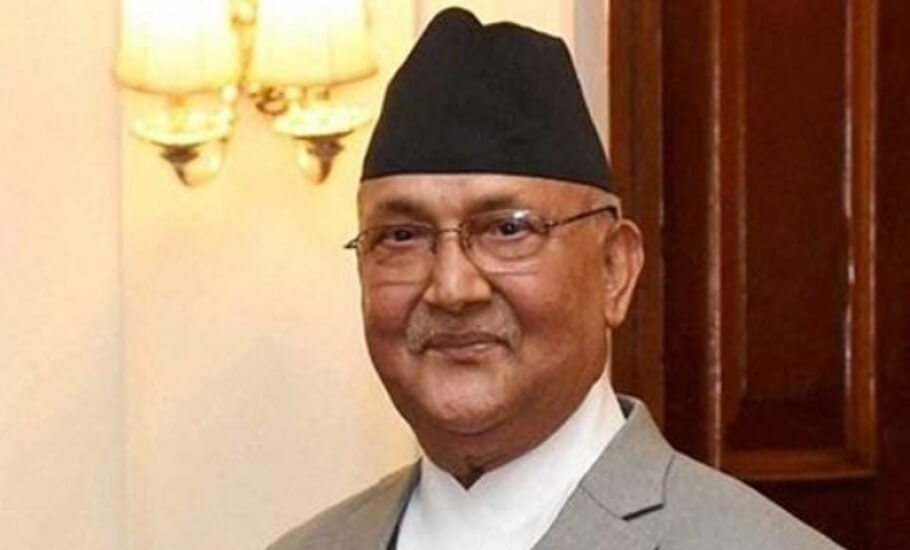
Nepal confident India, China will resolve differences peacefully
Amid a border dispute and tensions at the Line of Actual Control (LAC), Nepal said it was confident that both its "friendly neighbours" India and China will revolve their differences through peaceful means, keeping in mind the stability of the region and world peace.

Amid a border dispute and tensions at the Line of Actual Control (LAC), Nepal said it was confident that both its “friendly neighbours” India and China will revolve their differences through peaceful means, keeping in mind the stability of the region and world peace.
“Nepal maintains that disputes between the countries should be resolved through peaceful means,” said a foreign ministry statement of Nepal, expressing confidence that the stand-off between the two countries will be resolved in the “spirit of good neighbourliness.”
The statement came two days after the Nepal government completed redrawing its political map through a Constitutional amendment, that included Indian areas of Lipulekh, Kalapani and Limpiyadhura, in a move that could severely affect bilateral relations with New Delhi.
Related news: India rejects China’s claim of sovereignty over Galwan Valley
“In the context of recent developments in the Galwan Valley area between our friendly neighbours India and China, Nepal is confident that both the neighbouring countries will resolve, in the spirit of good neighbourliness, their mutual differences through peaceful means in favour of bilateral, regional and world peace and stability,” said Nepal, a land-locked country sandwiched between the two Asian giants.
Nepal’s statement came in the backdrop of clashes that took place last week between the troops of the two countries in the Galwan Valley in eastern Ladakh. At least 20 Indian Army jawans, including a colonel, were killed in the clash on Monday night.
This was the biggest military confrontation between the two countries in over five decades that has significantly escalated the already volatile border stand-off between the two Asian countries.
(With inputs from agencies)

